The Beginner’s Guide to Going Gluten-Free
When I was diagnosed with celiac disease a few years ago and told I would have to go on a gluten-free diet to manage my autoimmune condition, I’ll admit I was pretty overwhelmed. For starters, I didn’t even really know what gluten was, let alone that so many seemingly random foods contained it.
Thankfully, I was able to work with a dietitian, who taught me how to read food labels and helped to kick-start my gluten-free lifestyle. I’m now almost three years into my celiac journey and feel a lot more confident when I go food shopping and dine at restaurants.
To help others who may be just starting on a gluten-free diet for medical reasons or those who are curious about whether they should go gluten-free for their health, I put together the following guide.

What is gluten, anyway?
The first step to going gluten-free is understanding what gluten actually is. “Gluten is a protein that is found in wheat, rye, and barley,” explains Selena Devries, RD, a celiac dietitian. “Gluten helps to provide structure to baked goods and often acts as a ‘glue’ to hold food together.”
Who should be on a gluten-free diet?
The gluten-free diet is certainly trendy among celebrities. But if you don’t have a medical condition that necessitates adhering to this restrictive eating plan, then there’s not much reason to try it.
In fact, according to Johns Hopkins Medicine, if you cut out gluten when you don’t need to, you could be missing out on nutritious whole grains and important nutrients such as fiber.
So who should go gluten-free? “People who have a gluten-related disorder will need to be on a gluten-free diet,” says Tayler Silfverduk, RD, a celiac dietitian. “This means those who have non-celiac gluten sensitivity or celiac disease.”
Other medical conditions that may require living gluten-free are Hashimoto’s disease and eosinophilic esophagitis (EoE), she adds.
What types of foods can you find gluten in?
Wheat, barley, and rye are found in obvious places, like sandwich bread, pasta, pizza, cakes, and cookies. But one of the most surprising things I learned when I first went gluten-free was how many sneaky sources of gluten there are.
Did you know soy sauce has gluten in it? I sure didn’t! Other unexpected sources of gluten include beer, soup, imitation crab, licorice, and salad dressing.
To complicate matters, food labels aren’t always so easy to decode. “There’s a lot of confusion on what’s gluten-free and what isn’t in the U.S.,” notes Silfverduk. “Sometimes natural flavors and yeast extract can contain gluten and other times not.”
Devries adds that in the U.S., derivatives of barley or rye could potentially hide under funky-sounding ingredients. “If a product is not labeled gluten-free, ingredients you need to be watchful of include malt, brewers yeast, yeast extract, modified food starch, dextrin, starch, rice syrup, and smoke flavoring,” she says.
Tip: Silfverduk offers a free class on label reading to help anyone who needs to be on a gluten-free diet find safe food.
What does a gluten-free diet look like?
A gluten-free diet would include many naturally-gluten free foods as well as specially made gluten-free alternative products such as bread, pasta, cereal, and bars, says Devries.
Naturally gluten-free foods include:
- Fruits and vegetables
- Corn
- Potatoes
- Meat, poultry, and eggs
- Milk, butter, and cheese
- Fish and seafood
- Tofu
- Beans and legumes
- Nuts and seeds
- Rice and quinoa
Devries says one important thing to keep in mind is your fiber intake on a gluten-free diet.
“Often, fiber plummets on a gluten-free diet because individuals turn to low-fiber grains such as rice to fill the gluten void — think white rice, rice pasta, rice crackers, and rice-based cereals,” she explains. “This is what I have termed the ‘rice rut.'”
To get out of this rut, Devries suggests experimenting with the following superstar gluten-free whole grains: quinoa, amaranth, sorghum, millet, buckwheat, and teff.
When it comes to gluten-free packaged foods, Silfverduk points out they can be lower in essential nutrients like B vitamins, fiber, and iron.
“It’s important that when you go gluten-free, you’re working with a specialized dietitian to figure out how to address these nutrient gaps effectively — without having to give up delicious gluten-free alternatives,” she says.
How do you eat at restaurants when you’re gluten-free?
Just when you’ve mastered gluten-free eating at home, a new obstacle comes your way — and that’s restaurant dining.
How careful you need to be at restaurants depends on why you’re gluten-free, says Silfverduk.
For example, if you have Hashimoto’s disease, you may not need to always worry about cross-contact, which is when gluten-containing foods touch gluten-free foods. But for other conditions such as celiac disease, you always need to be worried about cross-contact.
“This can make it confusing for restaurant staff as they can run into one person who doesn’t need them to be careful and another person who needs them to be extremely careful,” says Silfverduk. “This is where learning to speak up for yourself comes in.”
If you have celiac disease, Silfverduk suggests calling the restaurant ahead to verify cross-contact precautions, reminding the restaurant staff when being seated that you need a gluten-free menu, detailing to restaurant staff exactly what cross-contact precautions you need to take when ordering, and then verifying with staff when you get your food that it’s safe.
“It sounds like a lot — but as someone who’s been living with celiac for over 10 years, it definitely becomes more routine with practice,” she says.
Devries, meanwhile, offers these tips for dining at a restaurant when you have celiac disease:
- Use the terminology that you have a “gluten allergy,” which often will trigger the correct protocols when it comes to making a safe gluten-free meal.
- Dine at establishments that have a gluten-free menu or online allergen menus, which narrows down the safe options.
- Order last so you feel less rushed and less intimated when it comes to asking the questions you need to determine if a meal is safe for you.
The bottom line on going gluten-free
“People act like going gluten-free is so simple — just avoid wheat, barley, and rye, right? But it’s actually a life-changing medical diet, especially in our gluten-centered culture,” says Silfverduk. “Don’t forget to let yourself grieve the many ways celiac has changed your life — and be sure to give yourself grace as you learn to take care of your body in this new way.”
As I can attest, it takes time and practice — but you will get more comfortable with reading food labels and eating at restaurants on a gluten-free diet.
The bottom line: “Know that the first year is an incredible learning journey and that mistakes will happen,” says Devries. “They happen to everyone. But don’t beat yourself up over it. Use it as a learning opportunity and move forward.”
1 thought on “The Beginner’s Guide to Going Gluten-Free”
Comments are closed.







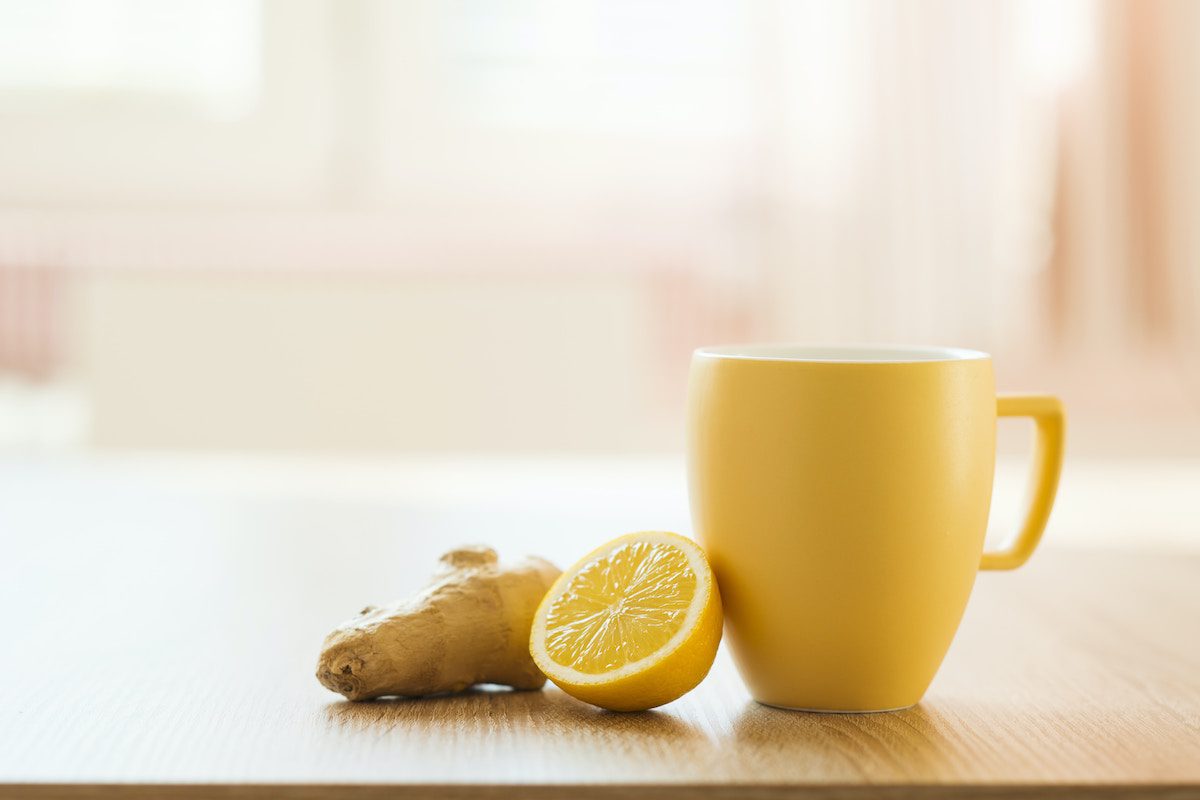

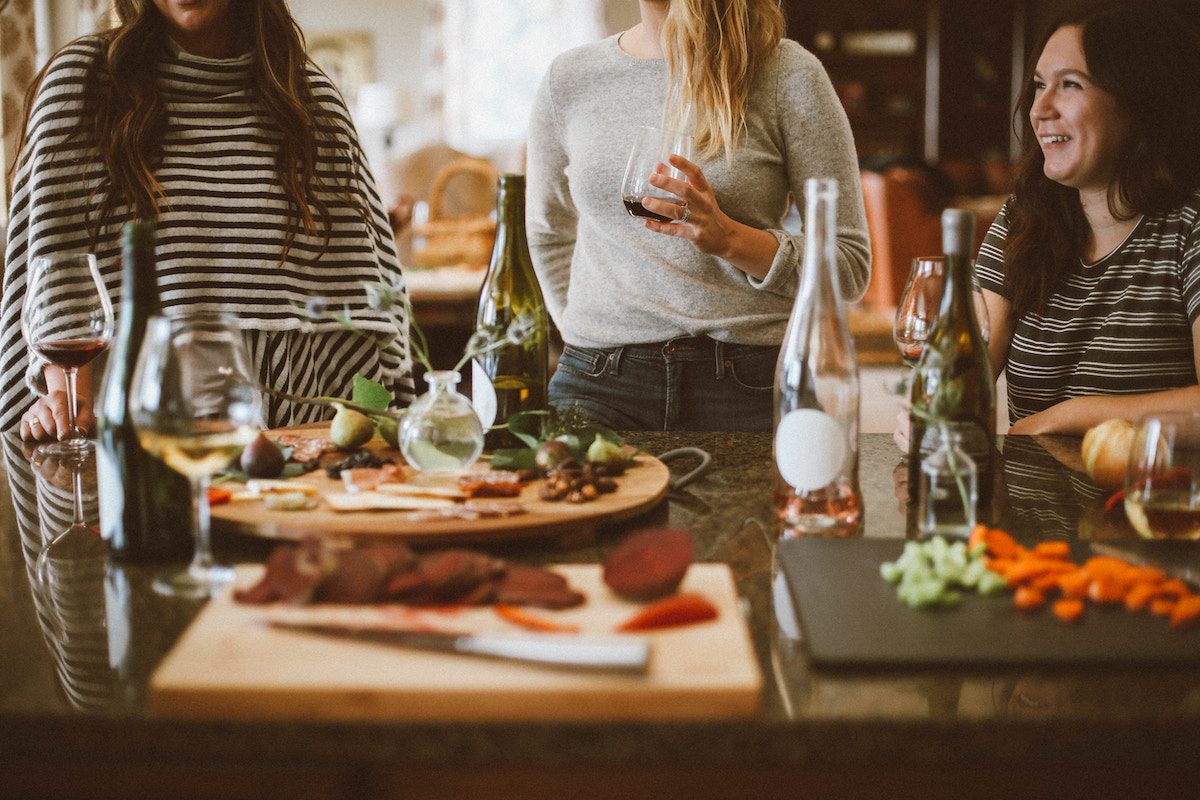
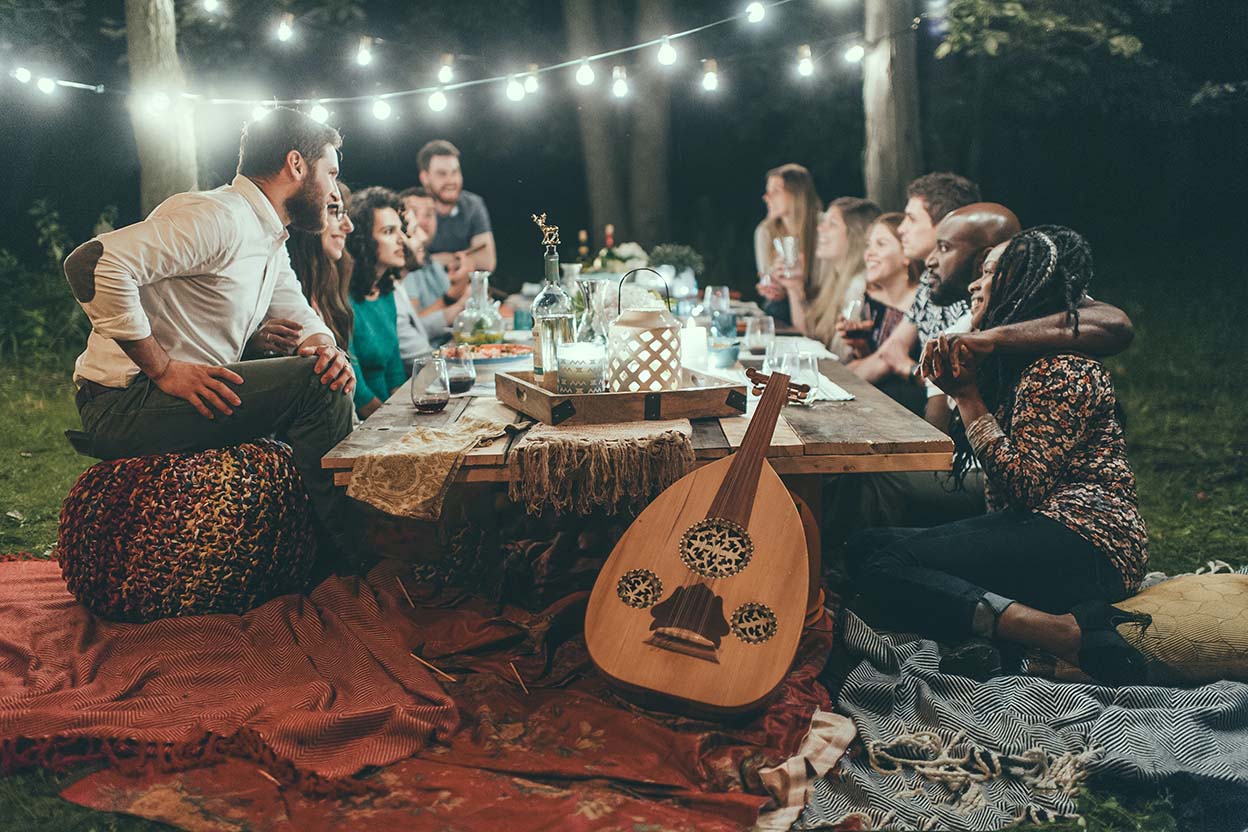
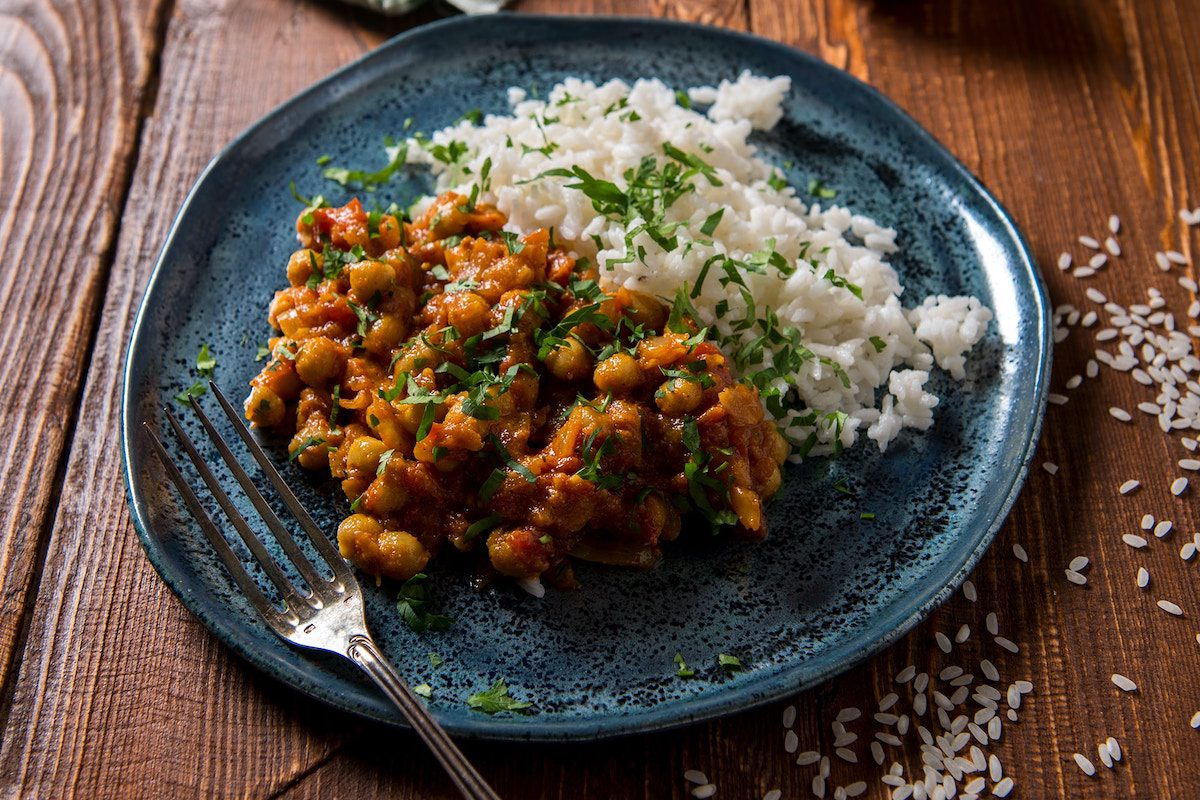
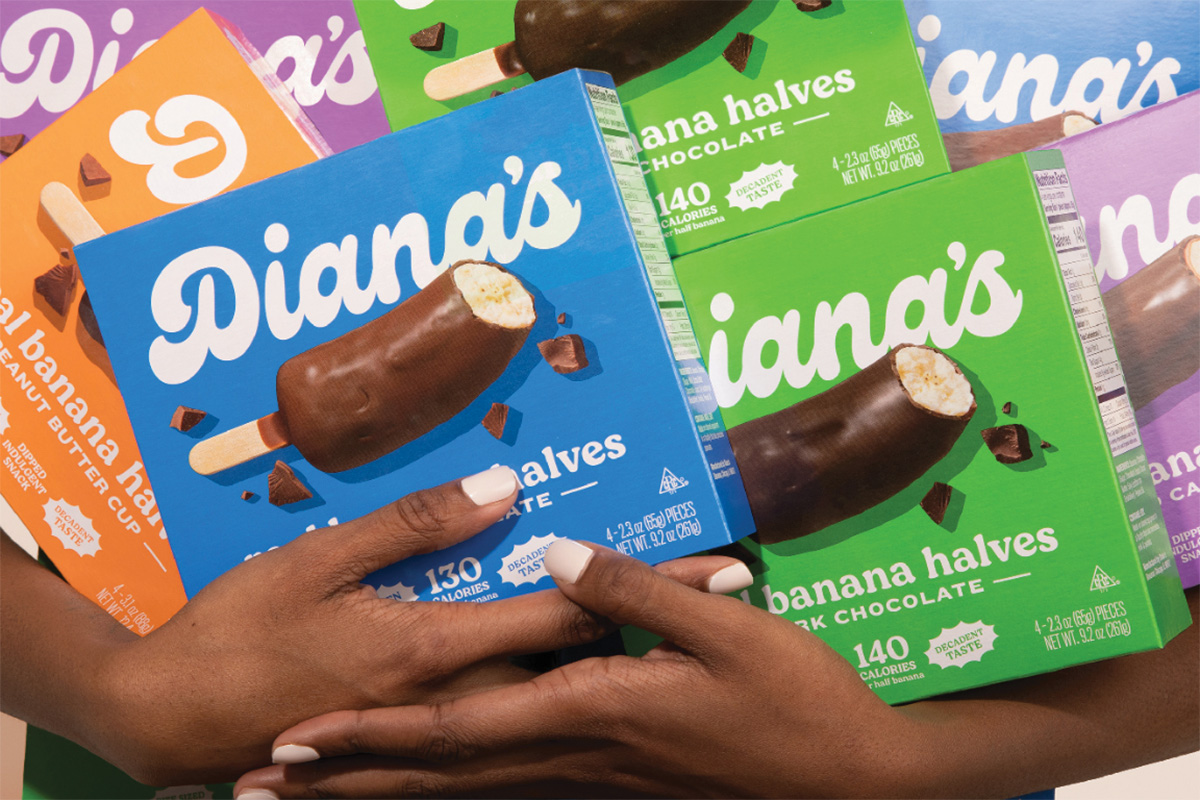
I remember growing up with those PSA commercials that used to say “Drug free is the way to ‘Bee!'” and had bees playing basketball. I think the ad counsel ought to put out a “Gluten-free is the way to ‘Bee!'” version. (Of course with a disclaimer that this only applies to those with celiac disease or NCGS.) It could even have a cool 90s vibe like the original, too, which is very in now.